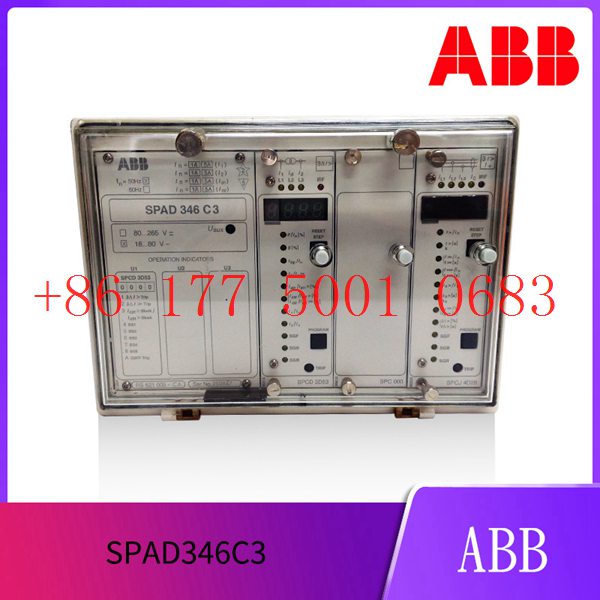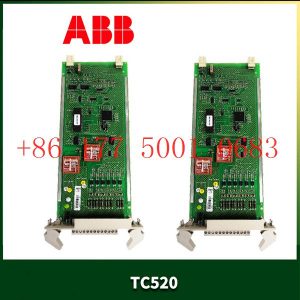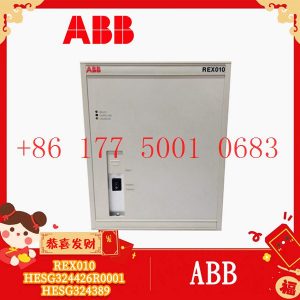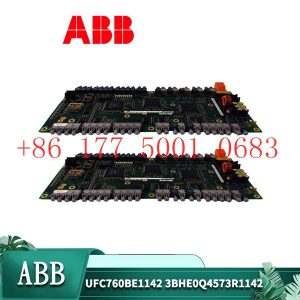Description
hardware flow control. It is an ideal choice in the field of industrial automation.
In the Internet of Things era, look at the IOT strategic deployment of the “four major families” of industrial robots
When we talk about Industry 4.0 or smart manufacturing, we cannot help but mention the “four major families” of robots – KUKA, ABB, FANUC, and Yaskawa,
because as the industrial robot companies with the highest level of intelligence at present, they are in the industry They have important influence. In the era of the
Internet of Things, what are these four major families doing?
As a relatively mature product, industrial robots are difficult to judge from the perspective of ordinary users. Especially in today”s era, it is impossible to create a
generational gap through technology.
Just like when someone asks about the advantages and disadvantages of the car-making technologies of Mercedes-Benz and BMW, all I can say is, “It doesn”t matter
if you ride in a Mercedes-Benz or drive a BMW.” Comparing industrial robots to car-making, most of the key technologies used in car-making must be shared by Mercedes-Benz
and BMW. The differences in other “marketing technologies” will not affect the technological competition pattern.
So what will industrial robot manufacturers mainly rely on to widen the gap in the future? There is only one answer, the Internet of Things strategy. Without realizing it,
KUKA, ABB, FANUC, and Yaskawa, the four major industrial robot giants, have already been stationed in the field of Internet of Things and are ready to go.
KUKA(Midea)
On December 30, 2016, Midea Group’s tender offer for the shares of Germany’s KUKA Group (KUKA), the world’s leading provider of intelligent automation solutions,
through MECCA InternaTIonal (BVI) Limited, has received approval from all relevant regulatory authorities.
At the annual meeting of Midea Group on January 12, 2017, Fang Hongbo, Chairman of Midea Group, emphasized the industrial significance of Midea’s acquisition
of KUKA: In the future, Midea will build a second industrial segment besides the home appliance industry, namely the robotics and industrial automation industry segment. This is The new growth point of beauty.
The annual meeting invited KUKA CEO TIll Reuter, who has just entered the Midea system, to give a speech. When explaining the core strategic goals for the future,
Reuter mentioned the two concepts of “intelligent machines” and “digital areas”, which are the two concepts that run through the Internet of Things technology in the company”s business:
Intelligent machines: Among the industrial robots manufactured by KUKA, they are equivalent to advanced robots with both autonomy and mobility. Soon a large number
of industrial robots will “step out of the work cage that is isolated from humans” and begin to work closely with humans, further improving their flexibility. Reuter said that as
industrial robots continue to develop, smart machines with better autonomy and mobility will emerge.
Digital area: It is a solution that combines the knowledge related to production processes of various industries that KUKA has cultivated in the past with the
most cutting-edge IT. Reuter said: “We are familiar with the production processes of products such as cars and aircraft. We want to connect our technical experience with IT to provide
customers with intelligent systems.” Reuter said that by optimizing intelligent systems, that is, complex systems based on big data analysis, reducing downtime
and predictive maintenance of various production systems, new business models can be created and a highly integrated value chain can be built.
According to IFR data, in the field of automobile manufacturing, KUKA robots have the largest market share in the world. We might as well start with the automotive industry
and show you how KUKA uses the “Internet of Things box” to construct the Jeep Wrangler”s body-in-white workshop into an IIoT (Industrial Internet of Things) factory.
https://www.xmamazon.com
https://www.xmamazon.com
https://www.plcdcs.com/
www.module-plc.com/
https://www.ymgk.com
PCI-6251 | NI | Multifunction I/O Module
PC834-001-T | Kollmorgen | Brushless Servo Drive
P0924DB | FOXBORO | terminal base
P0917MG | FOXBORO | Terminal block Module
P0916PW | FOXBORO | Assembly 32 channel contact sensing
PO916NJ-OB | FOXBORO | DIN Mount Base
P0914XA | FOXBORO | terminal
VP325 02X | Concurrent Technologies | Processor Single Board Computer
XV-440-10TVB-1-20 | ETON | Touch panel
XVS-440-10MPI-1-10 | ETON | Touch panel
P0904HA | FOXBORO | Power Supply Module
SQ-300I | B&W | Hybrid automatic voltage control
P0400VP-0N | FOXBORO | Communication Processor
P30B04010PCKST | SANYO DENKI | SERVO MOTOR
SM-100-40-080-P0-45-S1-B0 | ELAU | Servo motor
MDB-8E | Sartorius | Weight bearing sensor
MC-TAMR04 | Honeywell | Low Level Analog Input Multiplexer
KJ3002X1-BF1 | Emerson | RTD Card
K2-400 DI470A | KEBA | Input Card
KEMRO K2-400 CP 450C | KEBA | PLC LCD monitor Liquid Crystal
INFO-4KP-94161B | INDEL AG | Communication module
IC200PWR101E | GE | VersaMax power supply module
HP-5517B | Agilent | Laser interferometer
IC693CPU364 | GE | single-slot Central Processing Unit
H201TI | GE | small on-line early warning transmitter
FBM232 P0926GW | FOXBORO | Ethernet Communication Module
FBM217 P0914TR | FOXBORO | Input Module
H92A0K9V0H00 | FOXBORO | Electrical conductivity transmitter
FCM10E | FOXBORO | I/A SERIES COMMUNICATION MODULE
EMC1600 | EtherWAN | 16-Bay Media Converter and Ethernet Extender Chassis
DMC-4143 | Galil | Motion Controller
DS200SIOBH1ABA | GE | I/O Control Board
D674A905U01 | ABB | Cartridge U-low HART / Std. FET 300
CE4050S2K1C0 | EMERSON | I/O Interface Carrier with Carrier Shield Bar
C400/10/1/1/1/00 | SCHNEIDER | SERVO CONTROLLER
ATCS-15 | SCHUMACHER | Temperature control unit
ACC-8E PMAC-2 602469-103 | Delta Tau | Breakout Terminal Block Board
A90L-0001-0515R | FANUC | Spindle motor cooling fan
350005-02-04-00-00-00 | Bently Nevada | DC IN Card Input Module
330930-065-01-05 | Bently Nevada | NSv Extension Cable







Reviews
There are no reviews yet.